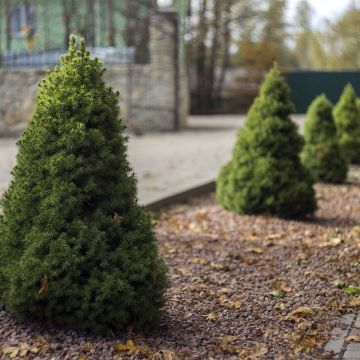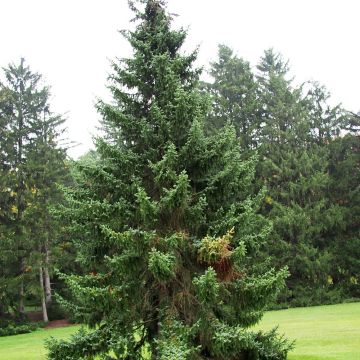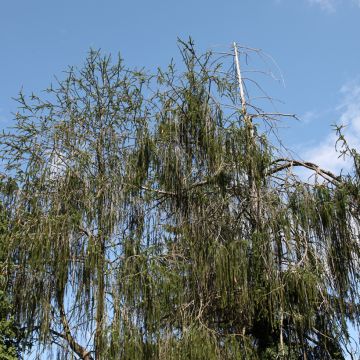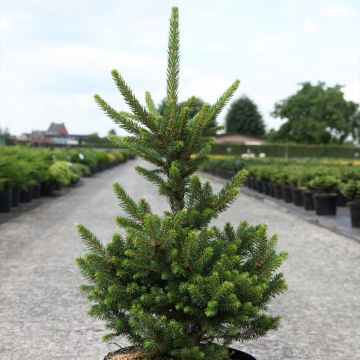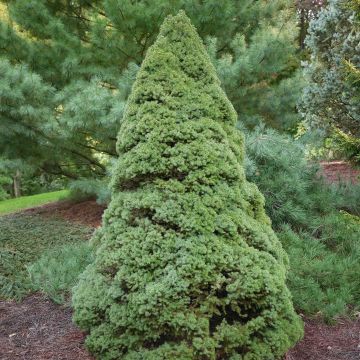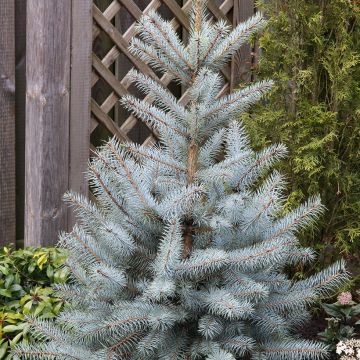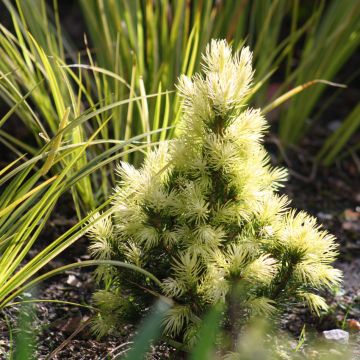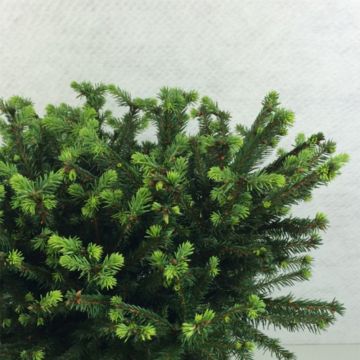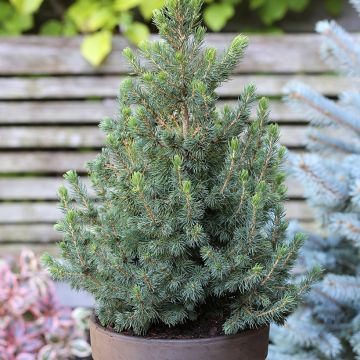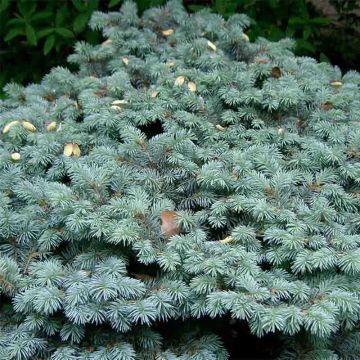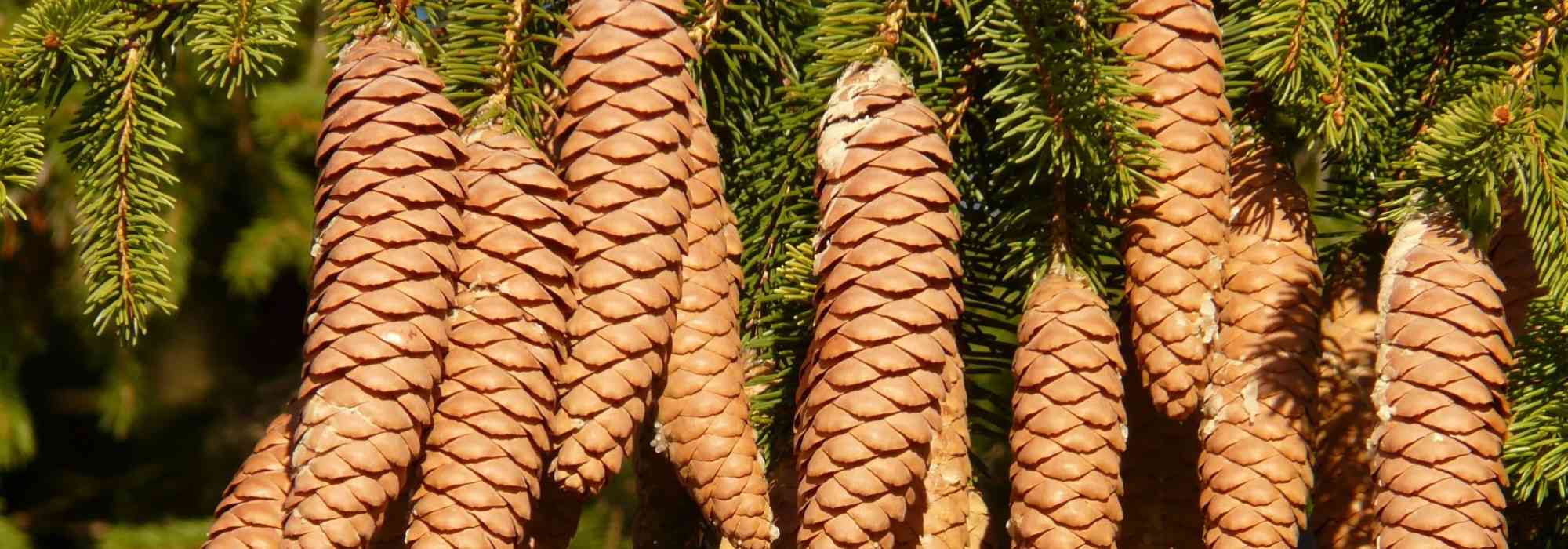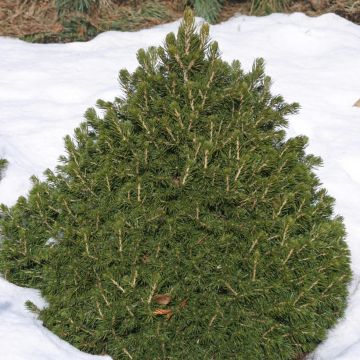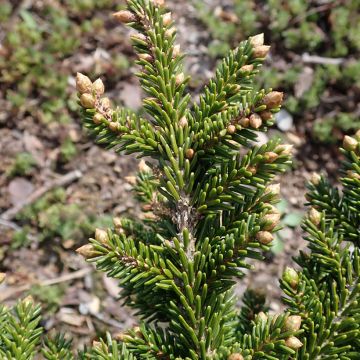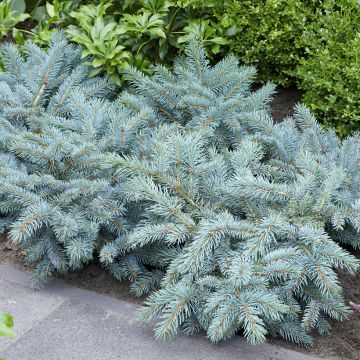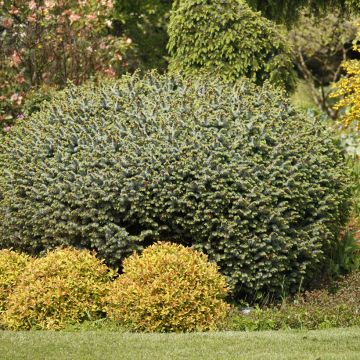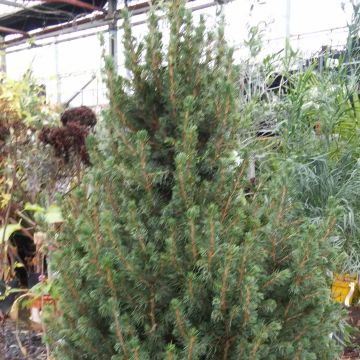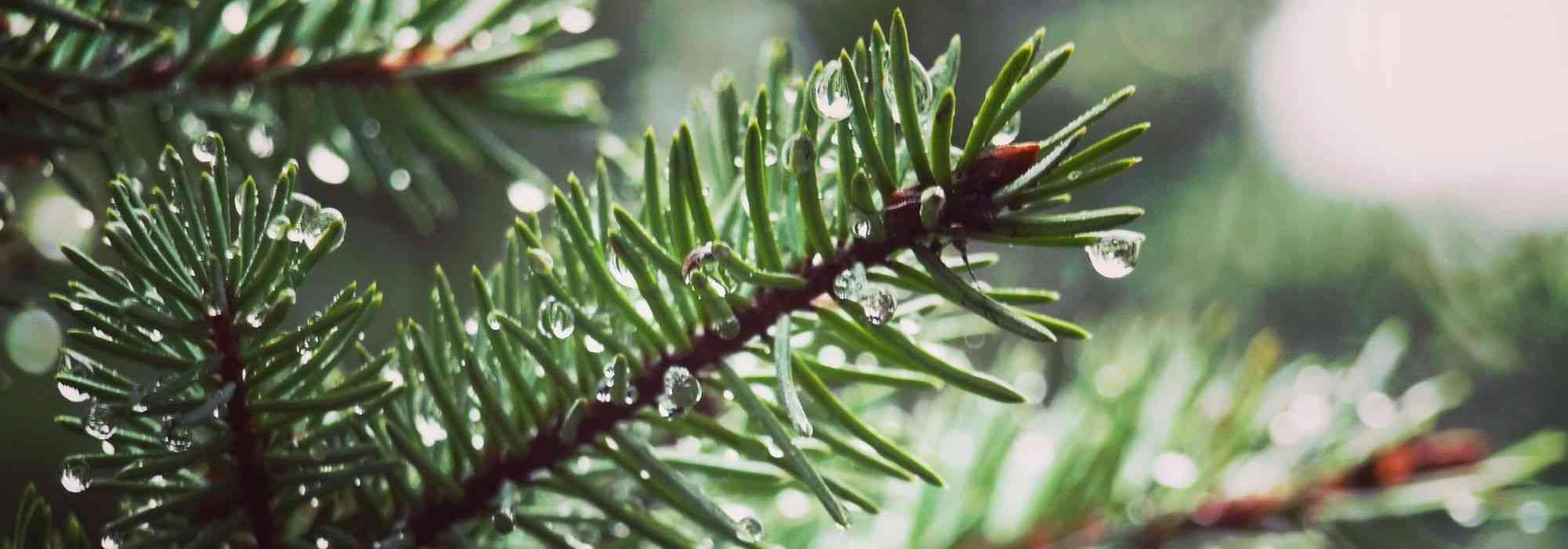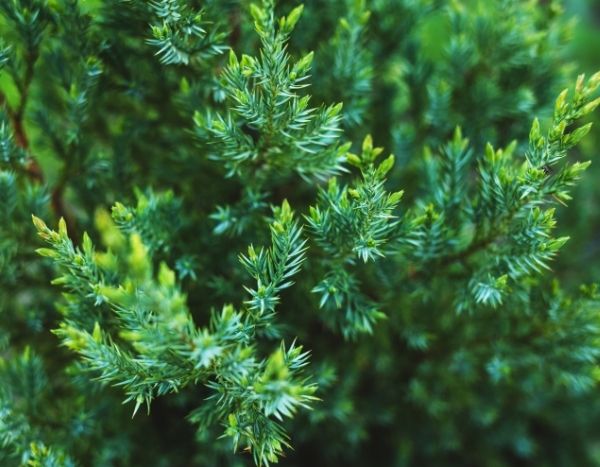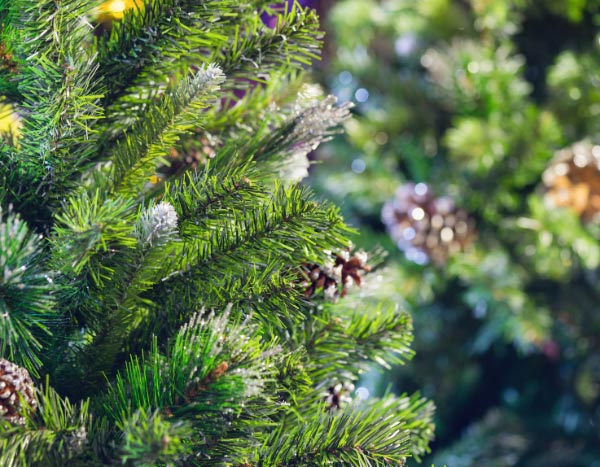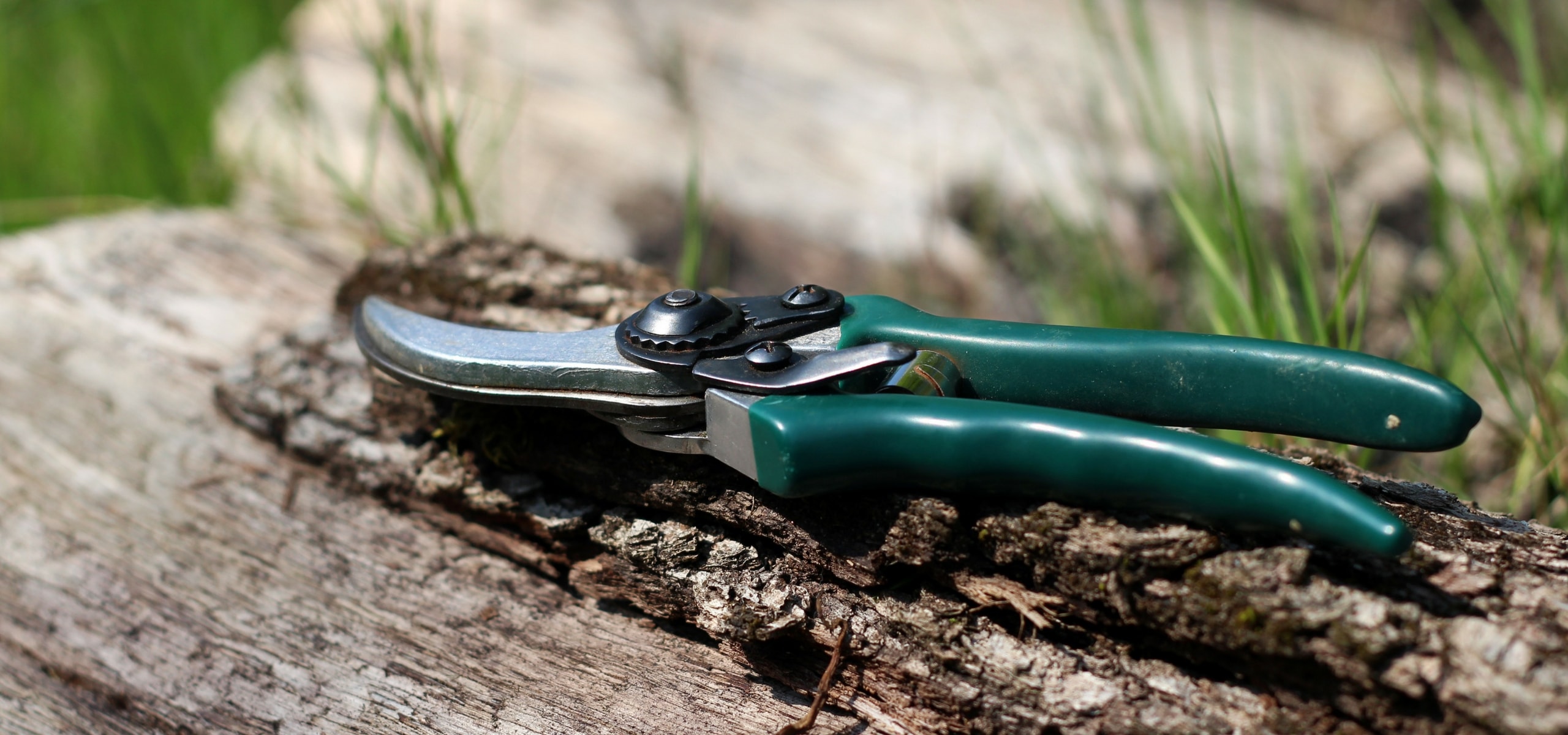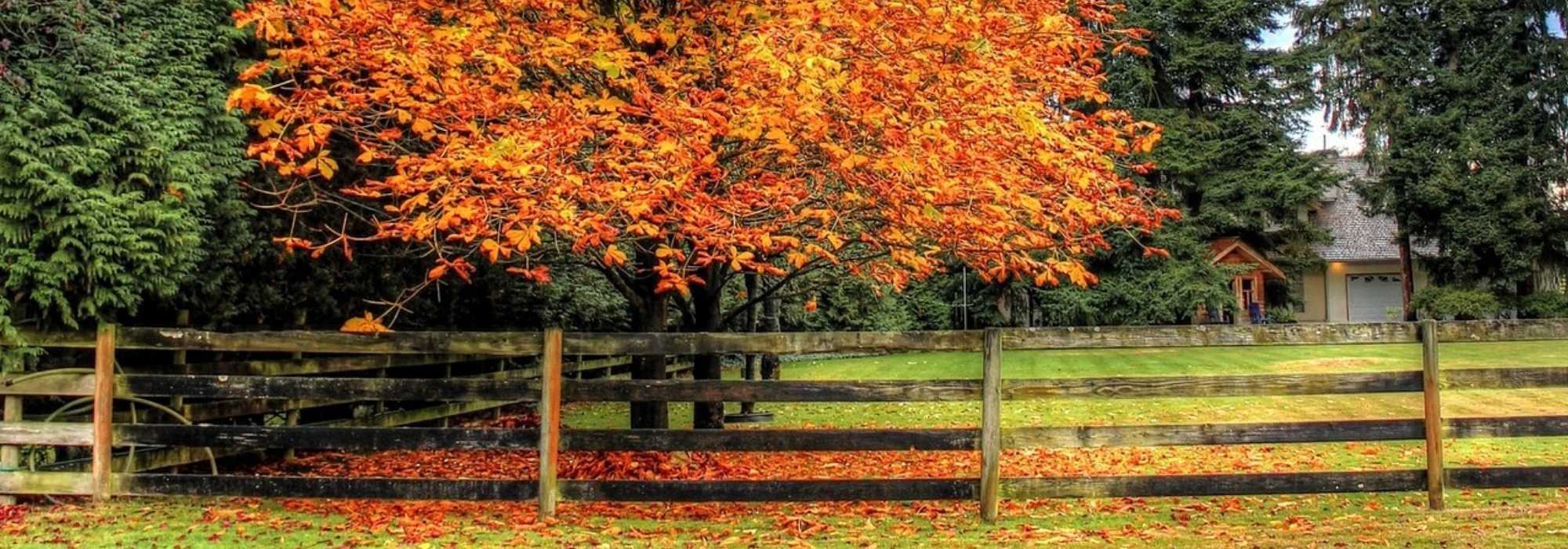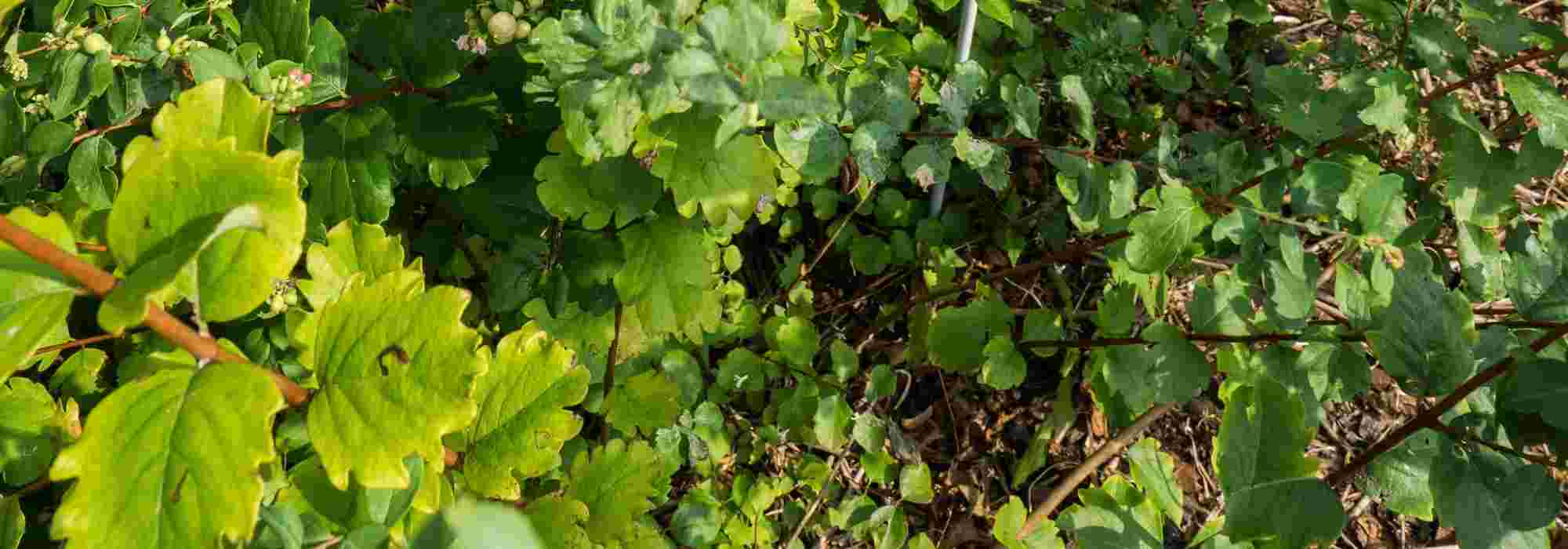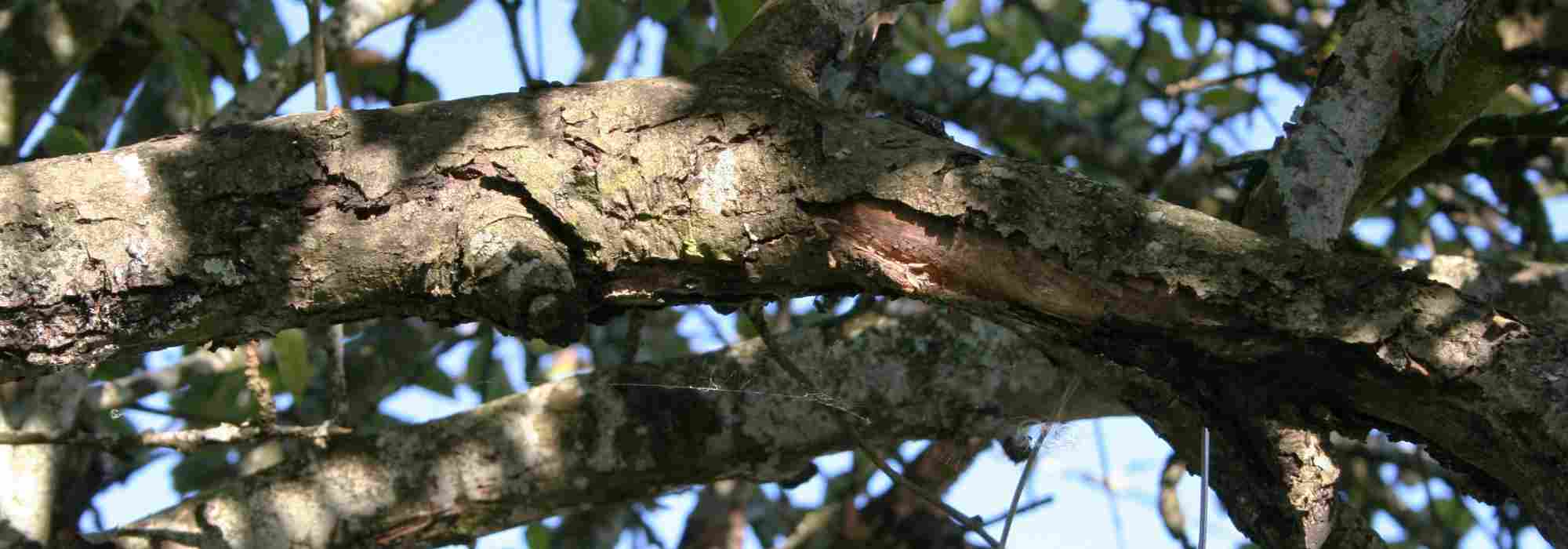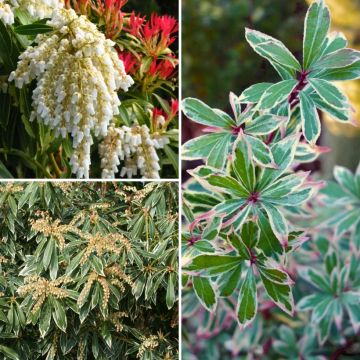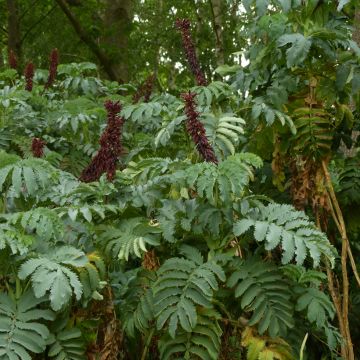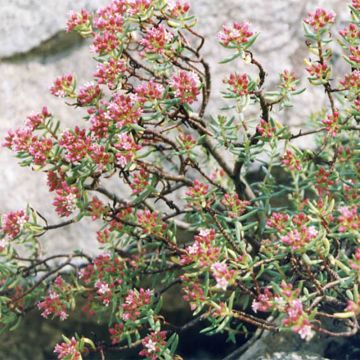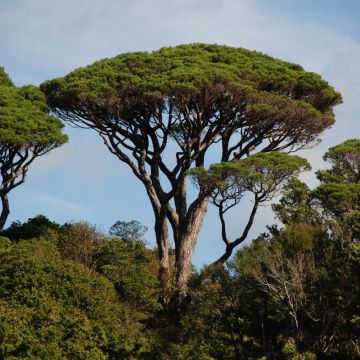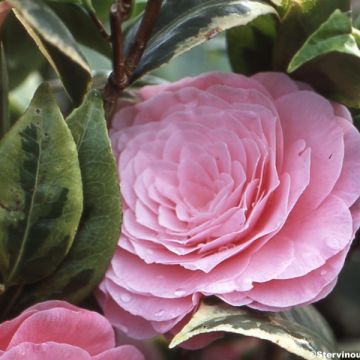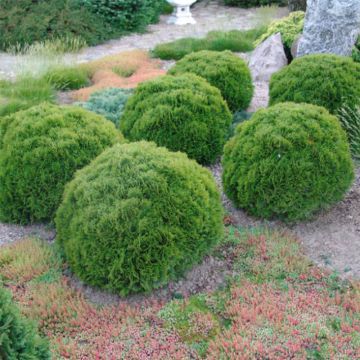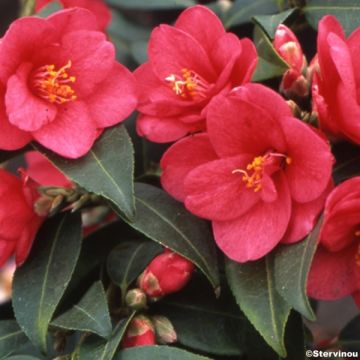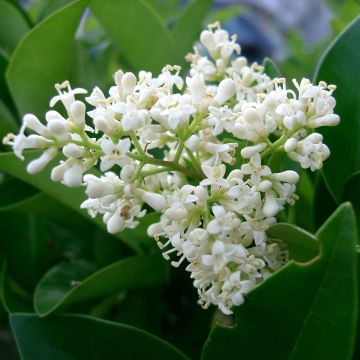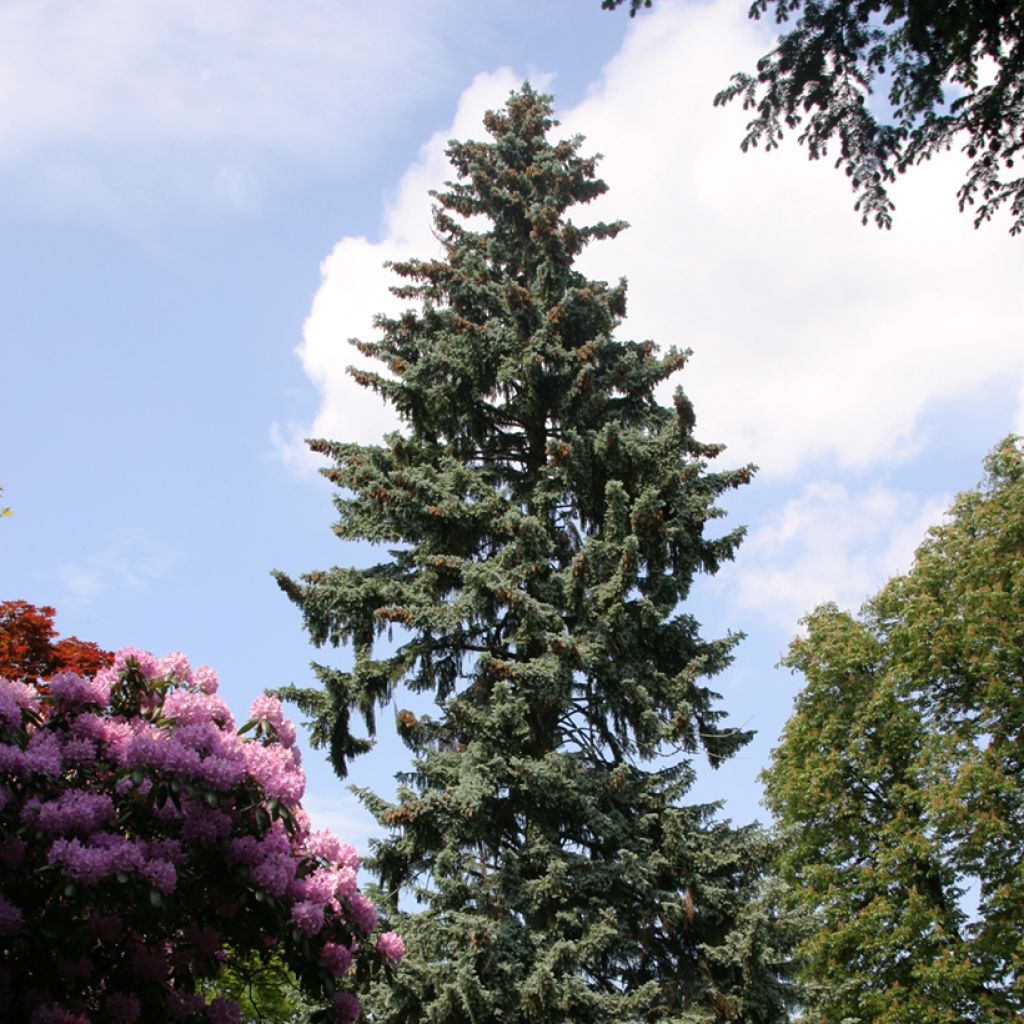

Picea pungens - Colorado blue spruce
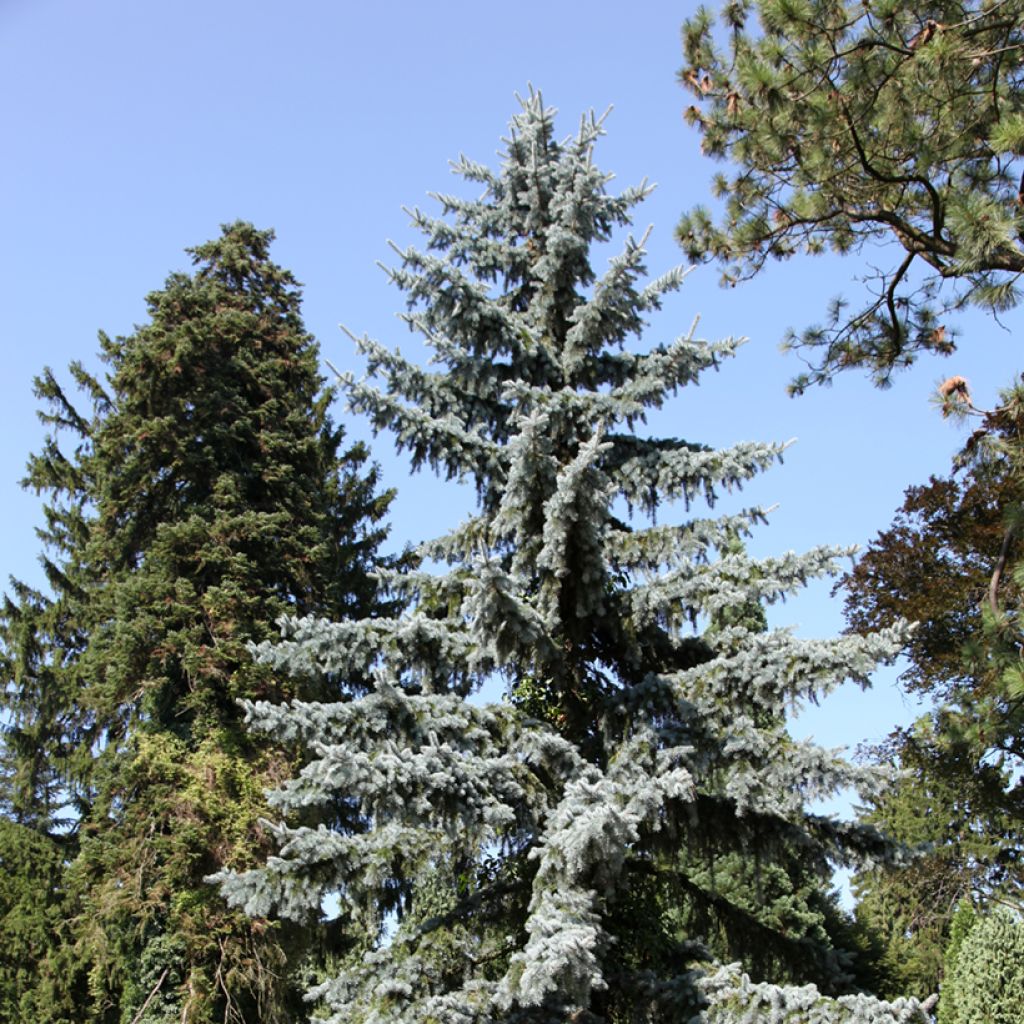

Picea pungens - Colorado blue spruce
Picea pungens - Blue spruce
Picea pungens
Blue Spruce, Colorado Blue Spruce, Colorado Spruce, Silver Spruce
Special offer!
Receive a €20 voucher for any order over €90 (excluding delivery costs, credit notes, and plastic-free options)!
1- Add your favorite plants to your cart.
2- Once you have reached €90, confirm your order (you can even choose the delivery date!).
3- As soon as your order is shipped, you will receive an email containing your voucher code, valid for 3 months (90 days).
Your voucher is unique and can only be used once, for any order with a minimum value of €20, excluding delivery costs.
Can be combined with other current offers, non-divisible and non-refundable.
Why not try an alternative variety in stock?
View all →This plant carries a 24 months recovery warranty
More information
We guarantee the quality of our plants for a full growing cycle, and will replace at our expense any plant that fails to recover under normal climatic and planting conditions.
Would this plant suit my garden?
Set up your Plantfit profile →
Description
The Blue Spruce, scientifically known as Picea pungens, sometimes nicknamed the Colorado Blue Spruce, is a first-class conifer. It is prized for its beauty and its hardiness. This tree is famous for its unique silvery-blue foliage that adds a fantastic splash of colour to the landscape all year round. Its majestic appearance and unusual hue set it apart from other conifers, making it a favourite for large gardens and parks.
Belonging to the Pinaceae family, the Blue Spruce is native to the Rocky Mountains in the United States and reaches a height of 9 to 21 m at maturity, with a spread of 8 m, depending on growing conditions and climate. Its growth is relatively slow. It has a well-defined pyramidal habit, with a sturdy trunk supporting horizontal branches densely covered in needles. These 2 to 3 cm long needles are stiff and prickly, ranging from blue-green to a striking silvery-blue, giving the tree great appeal. The cones, which appear in autumn, transition from pale purple to dark brown, adding further visual interest. The bark of this spruce is initially smooth and grey when young. With age, it becomes rougher and cracks into irregular scales, taking on darker shades of grey to brown. The bark plates may sometimes appear slightly flaky and detach easily, giving the tree an interesting textured appearance. The Blue Spruce is naturally adapted to alpine and subalpine environments, where it thrives in rocky, well-drained soil, often at high altitudes. It prefers full sun or partial shade, in well-drained soil, not overly dry in summer, neutral to slightly acidic. Its location should be carefully considered, as it dislikes being transplanted.
In the garden, Blue Spruce is typically used as a standalone specimen because of its grandeur. Its bluish hue pairs well with colours such as the golden yellow or vivid red of autumn foliage. It can be planted alongside a purple beech, a Nyssa sylvatica (Black Tupelo), known for its extraordinary autumn colours, or even an Acer platanoides 'Drummondii', a Norway Maple distinguished by its stunning variegated leaves. Finally, planting the Blue Spruce in rows along pathways or at the edges of large landscaped gardens will highlight its beauty.
Picea pungens - Blue spruce in pictures


Plant habit
Flowering
Foliage
Botanical data
Picea
pungens
Pinaceae
Blue Spruce, Colorado Blue Spruce, Colorado Spruce, Silver Spruce
Rocky Mountains
Other Picea
View all →Planting and care
Plant Picea pungens from September to November and from February to May in a fairly fertile, well-drained, light soil, slightly acidic to neutral, even quite dry in summer. This alpine conifer dislikes scorching summers and is intolerant of limestone. A sandy, loamy, humus-bearing or slightly stony soil will suit it best. Choose a sunny spot sheltered from prevailing winds. In overly damp conditions, it becomes more susceptible to root rot. Select its location carefully, as this conifer does not transplant well. Soak the root balls thoroughly before planting. Add organic matter at planting time and water generously during the first few years, as well as during prolonged dry spells. Apply a specialist conifer fertiliser every April and hoe the soil in summer. Although extremely hardy, this conifer struggles in heavy, waterlogged soils during winter.
Planting period
Intended location
Care
Planting & care advice
This item has not been reviewed yet - be the first to leave a review about it.
Similar products
Haven't found what you were looking for?
Hardiness is the lowest winter temperature a plant can endure without suffering serious damage or even dying. However, hardiness is affected by location (a sheltered area, such as a patio), protection (winter cover) and soil type (hardiness is improved by well-drained soil).

Photo Sharing Terms & Conditions
In order to encourage gardeners to interact and share their experiences, Promesse de fleurs offers various media enabling content to be uploaded onto its Site - in particular via the ‘Photo sharing’ module.
The User agrees to refrain from:
- Posting any content that is illegal, prejudicial, insulting, racist, inciteful to hatred, revisionist, contrary to public decency, that infringes on privacy or on the privacy rights of third parties, in particular the publicity rights of persons and goods, intellectual property rights, or the right to privacy.
- Submitting content on behalf of a third party;
- Impersonate the identity of a third party and/or publish any personal information about a third party;
In general, the User undertakes to refrain from any unethical behaviour.
All Content (in particular text, comments, files, images, photos, videos, creative works, etc.), which may be subject to property or intellectual property rights, image or other private rights, shall remain the property of the User, subject to the limited rights granted by the terms of the licence granted by Promesse de fleurs as stated below. Users are at liberty to publish or not to publish such Content on the Site, notably via the ‘Photo Sharing’ facility, and accept that this Content shall be made public and freely accessible, notably on the Internet.
Users further acknowledge, undertake to have ,and guarantee that they hold all necessary rights and permissions to publish such material on the Site, in particular with regard to the legislation in force pertaining to any privacy, property, intellectual property, image, or contractual rights, or rights of any other nature. By publishing such Content on the Site, Users acknowledge accepting full liability as publishers of the Content within the meaning of the law, and grant Promesse de fleurs, free of charge, an inclusive, worldwide licence for the said Content for the entire duration of its publication, including all reproduction, representation, up/downloading, displaying, performing, transmission, and storage rights.
Users also grant permission for their name to be linked to the Content and accept that this link may not always be made available.
By engaging in posting material, Users consent to their Content becoming automatically accessible on the Internet, in particular on other sites and/or blogs and/or web pages of the Promesse de fleurs site, including in particular social pages and the Promesse de fleurs catalogue.
Users may secure the removal of entrusted content free of charge by issuing a simple request via our contact form.
The flowering period indicated on our website applies to countries and regions located in USDA zone 8 (France, the United Kingdom, Ireland, the Netherlands, etc.)
It will vary according to where you live:
- In zones 9 to 10 (Italy, Spain, Greece, etc.), flowering will occur about 2 to 4 weeks earlier.
- In zones 6 to 7 (Germany, Poland, Slovenia, and lower mountainous regions), flowering will be delayed by 2 to 3 weeks.
- In zone 5 (Central Europe, Scandinavia), blooming will be delayed by 3 to 5 weeks.
In temperate climates, pruning of spring-flowering shrubs (forsythia, spireas, etc.) should be done just after flowering.
Pruning of summer-flowering shrubs (Indian Lilac, Perovskia, etc.) can be done in winter or spring.
In cold regions as well as with frost-sensitive plants, avoid pruning too early when severe frosts may still occur.
The planting period indicated on our website applies to countries and regions located in USDA zone 8 (France, United Kingdom, Ireland, Netherlands).
It will vary according to where you live:
- In Mediterranean zones (Marseille, Madrid, Milan, etc.), autumn and winter are the best planting periods.
- In continental zones (Strasbourg, Munich, Vienna, etc.), delay planting by 2 to 3 weeks in spring and bring it forward by 2 to 4 weeks in autumn.
- In mountainous regions (the Alps, Pyrenees, Carpathians, etc.), it is best to plant in late spring (May-June) or late summer (August-September).
The harvesting period indicated on our website applies to countries and regions in USDA zone 8 (France, England, Ireland, the Netherlands).
In colder areas (Scandinavia, Poland, Austria...) fruit and vegetable harvests are likely to be delayed by 3-4 weeks.
In warmer areas (Italy, Spain, Greece, etc.), harvesting will probably take place earlier, depending on weather conditions.
The sowing periods indicated on our website apply to countries and regions within USDA Zone 8 (France, UK, Ireland, Netherlands).
In colder areas (Scandinavia, Poland, Austria...), delay any outdoor sowing by 3-4 weeks, or sow under glass.
In warmer climes (Italy, Spain, Greece, etc.), bring outdoor sowing forward by a few weeks.


































